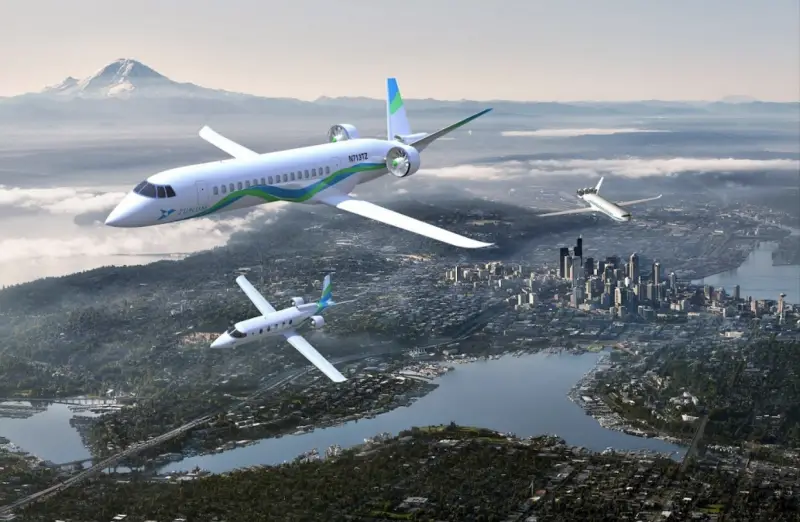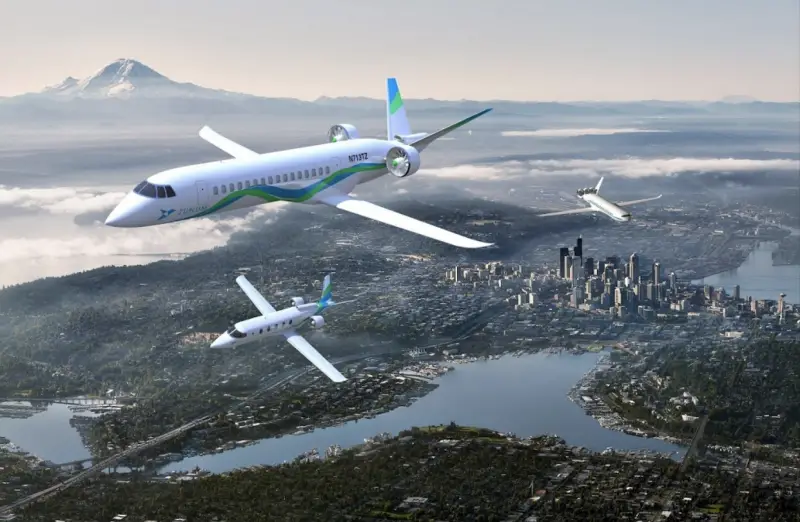Reasons Why Electric Planes Are Thriving Worldwide
Cirrus Aircraft, Electric Aircraft Corporation, e-Go Aeroplanes, ICON Aircraft, JMB Aircraft, Textron Aviation, Airbus, Electravia…


Cirrus Aircraft, Electric Aircraft Corporation, e-Go Aeroplanes, ICON Aircraft, JMB Aircraft, Textron Aviation, Airbus, Electravia, PC-Aero are among the companies that are pushing for electric aircraft.
Light Aircraft Market reports are in-depth, taking into account a variety of factors that affect your business. Covers global market applications, with a regional outlook across different sectors such as Light Aircraft. It offers the best solution to address the risks and problems for existing industries and helps you find the desired results.
With electric aviation, these rising emissions could be reduced. It will make more feasible the ambitious EU goal of cutting greenhouse emissions to 40 percent below their 1990 levels by 2030, and to 80 percent of 1990 emissions by 2050.
From the passenger’s perspective, electric aircraft is a massive win. The new planes would result in a cheaper ticket, decreased noise and a higher rate of climb. With an electric engine, planes are able to maintain performance at higher altitudes where the air resistance is less, unlike combustion engines that operate less efficiently at these altitudes. The aircraft engine would, therefore, have to be less powerful to generate equivalent speed.
Globally, regions such as North America, Europe, Asia-Pacific, Latin America, the Middle East, and Africa are surveyed and important business decisions are made. Effective policies are included in the Light Aircraft market report and have a tremendous response to business growth. The statistics included in the report provide accurate data on drivers, restraints, and opportunities, and help balance existing and future industry growth.
A small aircraft, like a turbo-prop Cessna Caravan, will use $400 on conventional fuel for a 100-mile flight, says Mr. Ganzarski. But with electricity “it’ll be between $8-$12, which means much lower costs per flight-hour”.For example, Rolls-Royce, Airbus, and Siemens are working on the E-Fan X programme, which will have a two-megawatt (2MW) electric motor mounted on a BAE 146 jet. It is set to fly in 2021.
United Technologies, which includes engine-maker Pratt & Whitney in its portfolio, is working on its Project 804, a hybrid electric demonstrator designed to test a 1MW motor and the sub-systems and components required.
The firm says it should provide fuel savings of at least 30%. It should fly in 2022 and is forecast to be ready for regional airliners by the mid-2020s. While electrical motors, generators, power distribution and controls have advanced very rapidly, battery technology hasn’t.




